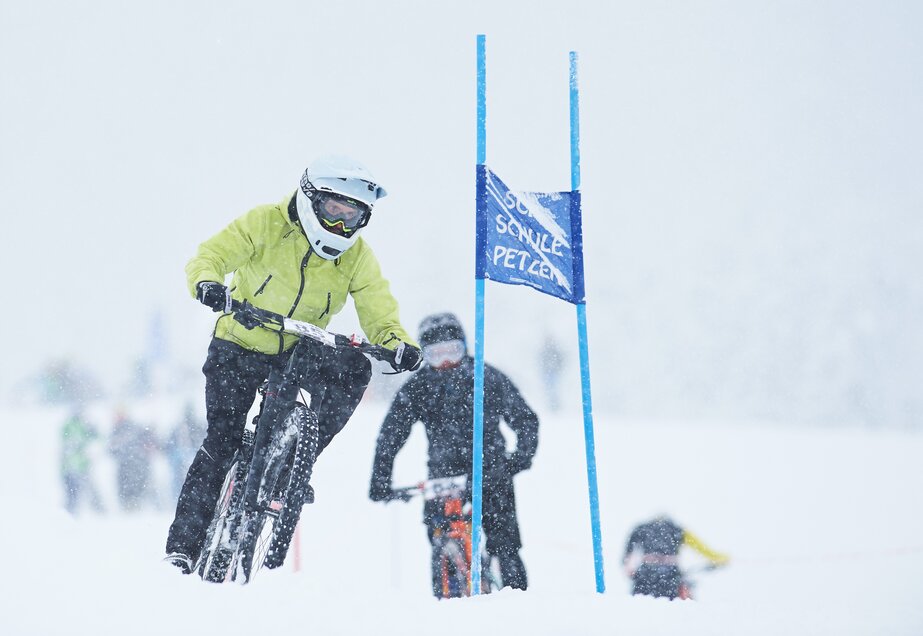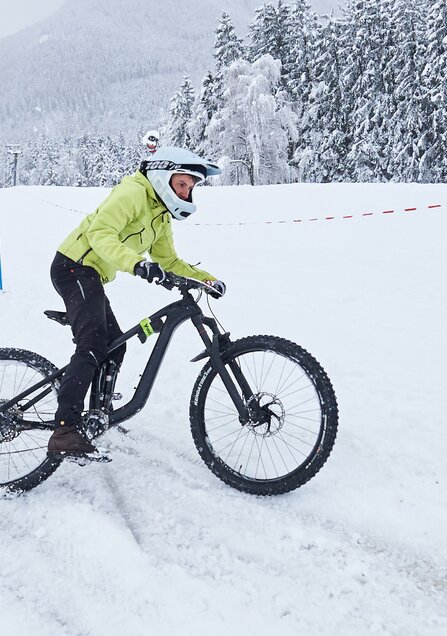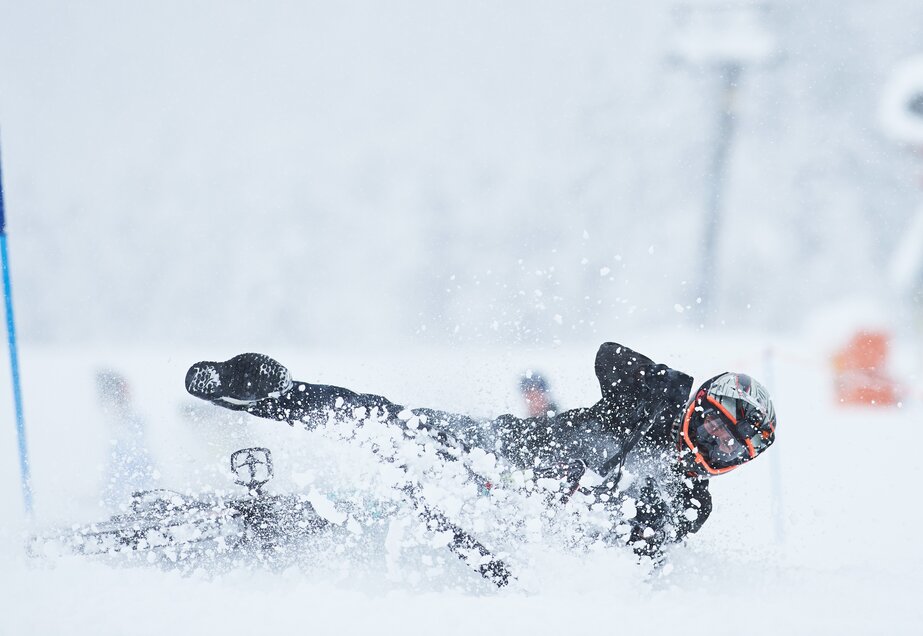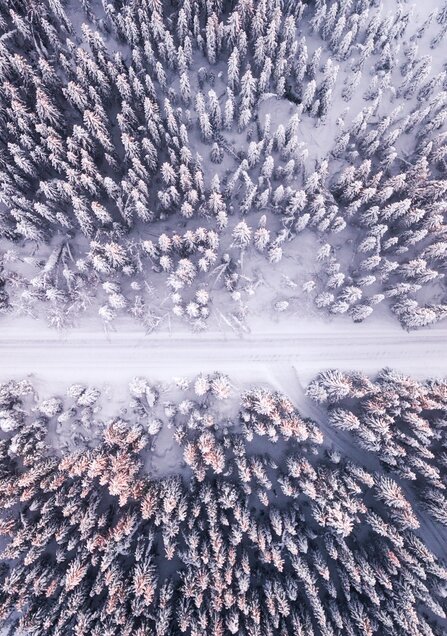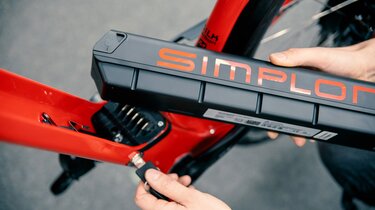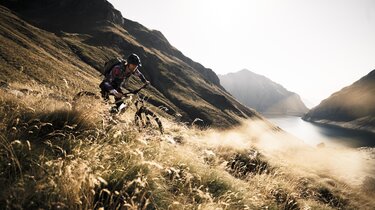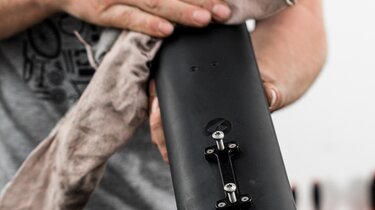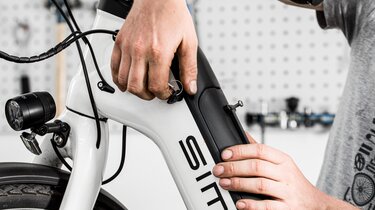Uphill, downhill, through narrow curves and all that on snow slush and frozen ground. Before you know it, you could end up on the ground spread-eagled on the ice. To prevent that from happening, it’s important to ride more defensively. Slow down, stop pedalling in the curves and avoid braking sharply.
The riding technique tips in detail:
Taking curves the right way
Mountain bikers love curves. But what about riding curves in winter? Due to bad grip, the motto is: Keep your feet steady and reduce the speed ahead of every tilt! This lowers the risk of swerving. Helpful too: Keeping the foot on the inside of the curve always in a position to catch you in case the bike slips away. That’s particularly recommended for audacious downhillers.
Uphill fast
You want to take your bike on a mountain tour in winter as well? Then you should keep one thing in mind: There’s less traction while riding in the snow. If you’re going uphill, you’ll quickly be pushing the limits of your endurance. So: Stay put on your saddle and try to steadily and continuously push the pedals! On steeper passages, try to shift the weight and, thus, your centre of gravity to the front. You can do that by sliding forward on to the tip of the saddle.
Look ahead!
That’s part of the riding technique as well: looking ahead! Keep your eyes focused on what’s upfront. That’s how you can brake in a more controlled manner – without sudden movements and steering manoeuvres or dangerous jinks. The same holds true for downhill sessions with the mountain bike. The secret sauce: Always keep an eye on the ideal line and tilt your head towards the end of the curve!


